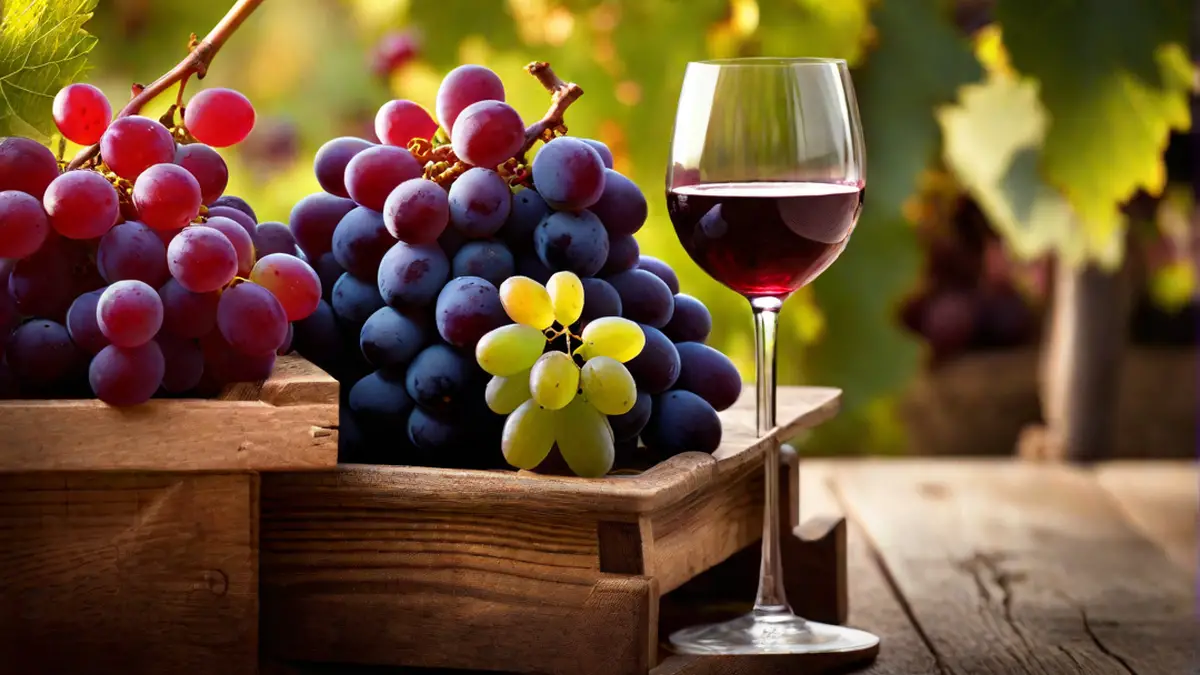The production of wine is an intriguing endeavor that merges both art and science to produce one of the oldest and most cherished drinks globally. Being a passionate wine lover, I have always been captivated by the complexities of winemaking. In this piece, I will guide you through the different stages of making wine, offering my personal observations and remarks throughout the process.
Grapes: The Foundation of Wine
The journey of winemaking starts with the humble grape. Choosing the right grape variety is crucial as it determines the flavor profile and characteristics of the wine. Different grape varieties have distinct flavors, acidity levels, and sugar content, making each wine unique. As a winemaker, I always pay close attention to the quality and ripeness of the grapes I use, as it directly impacts the quality of the final product.
Harvesting: The Perfect Timing
Timing is everything when it comes to harvesting grapes. It’s a delicate balance between picking the grapes too early or too late. Harvesting too early can result in underripe grapes, leading to a lack of flavor and complexity in the wine. On the other hand, waiting too long can lead to overripe grapes with high sugar levels, potentially resulting in a wine that is too alcoholic or lacking balance. I always strive to find that sweet spot where the grapes are perfectly ripe, ensuring optimal flavors and aromas.
Crushing and Pressing: Unlocking the Juice
Once the grapes are harvested, the next step is to extract the juice from the fruit. Traditionally, this was done by stomping on the grapes with bare feet, but modern winemaking techniques have evolved significantly. Nowadays, mechanical crushers and presses are used to gently extract the juice without damaging the seeds or skins, as they can add bitterness to the wine. This step requires careful handling to ensure the juice extraction is efficient while preserving the grape’s quality.
Fermentation: The Transformation
Fermentation is where the magic happens in winemaking. During this step, yeast converts the natural sugars in the grape juice into alcohol and releases carbon dioxide as a byproduct. This process can take anywhere from a few days to several weeks, depending on the desired style and type of wine being produced. As a winemaker, I monitor the fermentation process closely, ensuring that the temperature and other conditions are optimal for the yeast to do its job properly.
Aging and Maturation: Unveiling Complexity
After fermentation, the wine is typically aged to develop complexity and enhance its flavors. This step can involve storing the wine in oak barrels, which imparts unique flavors and aromas, or in stainless steel tanks for a more neutral aging process. The length of aging varies depending on the wine style and the winemaker’s preference. It’s during this period that the wine evolves, develops tertiary aromas, and softens its tannins. I find the aging process truly fascinating, as it adds layers of complexity and character to the final product.
Bottling and Enjoyment: The Finale
Finally, the wine is ready to be bottled and enjoyed. Before bottling, winemakers often add a small amount of sulfur dioxide to help preserve the wine and prevent oxidation. Once bottled, the wine may continue to evolve and improve with additional aging in the bottle. However, for some wines, they are ready to be enjoyed immediately upon release. Opening a bottle of wine is like unlocking a treasure trove of flavors and memories. It’s the culmination of all the hard work and dedication that goes into winemaking.
Conclusion
Winemaking is a labor of love that requires patience, skill, and attention to detail. Each step in the winemaking process contributes to the final product, resulting in a unique and unforgettable wine. As a winemaker and wine lover, I appreciate the artistry and science behind winemaking and the joy it brings to those who savor the fruits of our labor. So, the next time you enjoy a glass of wine, take a moment to appreciate the craftsmanship that went into creating that delightful elixir.




